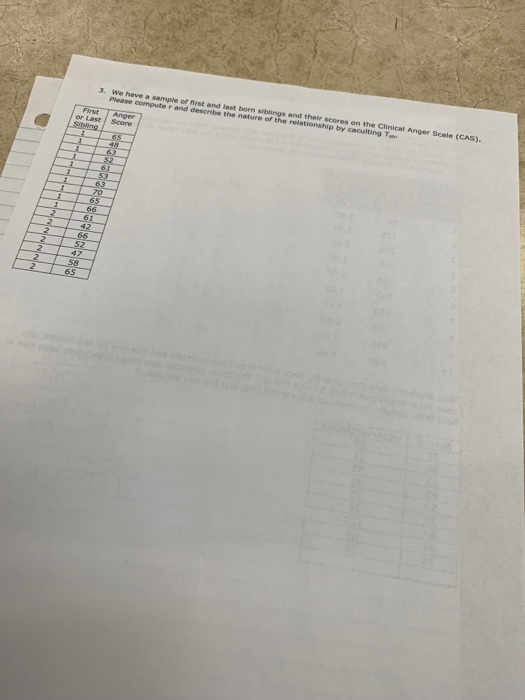

While appropriate levels of anxiety about viral contagion are associated with adaptive behaviors like handwashing, physical distancing, and getting vaccinated (Taylor, 2019), high levels of anxiety also tend to be associated with socially disruptive behaviors (e.g., panic-buying, exaggerated interpretation of minor symptoms) (Asmundson & Taylor, 2020). One study estimated the frequencies of individual mental health symptoms and predicted anxiety to be the most common (Rajkumar, 2020). However, other symptoms, like anxiety, will foreseeably arise, similar to what happened in previous pandemic virus outbreaks like the SARS (Cheng, Wong, Tsang, & Wong, 2004) and H1N1 (Wheaton, Abramowitz, Berman, Fabricant, & Olatunji, 2012) outbreaks. Liu et al., 2020 Pfefferbaum & North, 2020). In disaster mental health research, the primary focus has been on post-traumatic stress disorder (PTSD), but as yet, there is no strong indication that the psychological symptoms arising from the COVID-19 pandemic would meet diagnostic criteria for PTSD (cf. Reports from some countries show increases in mental health issues amidst the coronavirus pandemic specifically increases in reported levels of stress, anxiety, depressive symptoms, denial, insomnia, fear, and anger (Cao et al., 2020 Roy et al., 2020 Wang et al., 2020 Zandifar & Badrfam, 2020).

These mental health concerns may appear among individuals who have been infected by the COVID-19 virus, but also among persons who experience loss of close family members, continuing risk of infection, long periods of social isolation (Xiao, Zhang, Kong, Li, & Yang, 2020), and among medical and health workers (Lu, Wang, Lin, & Li, 2020).

Research on past natural and human-instigated disasters has shown that emotional distress and other psychological symptoms tend to pervade in affected populations, and this pattern shall be the case in populations affected by the COVID-19 pandemic (Pfefferbaum & North, 2020 Torales, O’Higgins, Castaldelli-Maia, & Ventriglio, 2020 Xiang et al., 2020). In May 2020, the World Health Organization ( 2020) called attention to the mental health impact of the global novel coronavirus (COVID-19) outbreak that continues to spread in many parts of the world. The results support the viability of CPAS-11 as a screening tool to identify individuals experiencing COVID-19-related anxiety. A cutoff score of 15 showed adequate sensitivity and specificity to distinguish GAD-7 screened participants. CPAS-11 showed good internal consistency, convergent and divergent validity, and screening accuracy. Exploratory factor analysis indicated two factors corresponding to somatic and non-somatic symptoms confirmatory factor analysis showed good fit for the two-factor model. The scale was validated in a Filipino sample ( N = 925). In developing the scale items, we considered previous research and theory on anxiety symptoms and symptoms reported by clinically referred cases in the Philippines. We developed an 11-item Coronavirus Pandemic Anxiety Scale (CPAS-11) to measure symptoms of anxiety related to the COVID-19 pandemic to help identify individuals who might need mental health services. The mental health impact of the COVID-19 pandemic will increase as the outbreak continues and persist even after the pandemic passes.


 0 kommentar(er)
0 kommentar(er)
